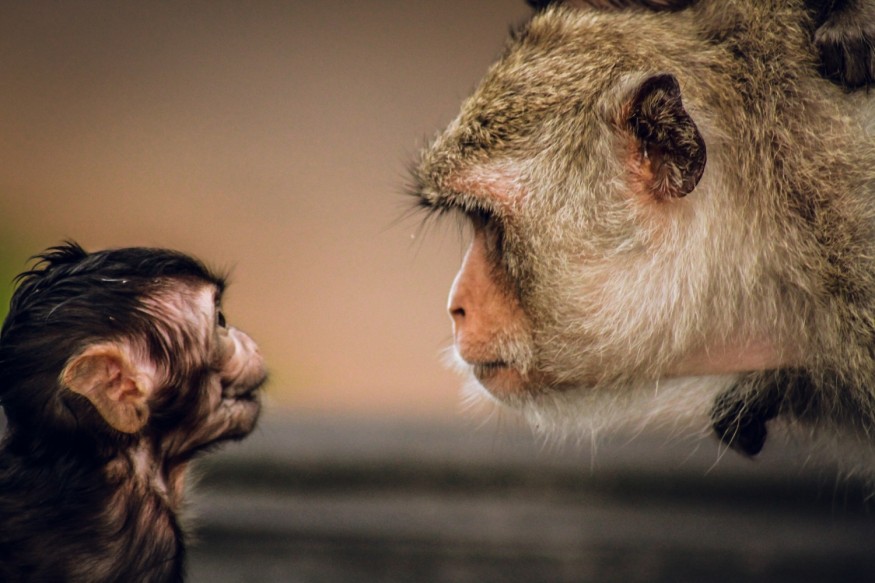Scientists from Uganda described in their 2021 study a 'grisly encounter' among albino chimps back in 2018, when elder apes murdered a baby albino.
Spotting an albino chimp in the wild has been considered as a rare sighting according to researchers, in which only a few of the nonhuman primates with albinism was recorded so far, including some toque macaques (Macaca sinica), bonnet macaques (Macaca radiata) and spider monkeys (Ateles geoffroyi). Among the great apes was an albino western lowland gorilla which was captured in the wild when it was still a baby and had lived its adult life in the cage until its death.
It was only once that an albino chimp or western chimpanzee (Pan troglodytes verus) had been sighted. The chimp named Pinkie was sheltered in the Tacugama Chimpanzee Sanctuary in Sierra Leone, and also lived a short life (age 9).
The young ape had not provided much opportunities for researchers to observe its social interaction and behavior with other wild chimps, which is why the team had furthered their study on the brief life of an albino ape in the wild.
A Short-lived Life for the Young Albino Chimp

On the summer of 2018, earlier days prior to the young chimp's death, researchers had observed strange behaviors of eastern chimpanzees (Pan troglodytes schweinfurthii) in Uganda's Budongo Central Forest Reserve upon seeing the 2-and-a-half weeks old baby albino, with its mother referred to by the scientists as 'UP', a 19-year-old female chimp.
The chimp community, consisted of about 75 individuals at the time, started producing sounds of physical aggression and 'tantrum screams' upon seeing UP with its 'white' male baby chimp, as if warning for potentially dangerous animals. Days later, on July 19, the young chimp was found dead.
Field assistant Bosco Chandia of the Budongo Conservation Field Station and researcher Maël Leroux on the early morning found a male ape clutching the severely wounded albino infant to his chest and started "biting the fingers, legs and the right ear of the infant", while the others were producing 'waa' barks.
After the chimps left the mutated body of the infant chimp, the research team collected the body for an autopsy, revealing "sustained substantial injuries, including deep gashes in its head and a crack in its skull, revealing damaged brain tissue beneath."
An Unusual Reaction from Elder Albinos
The team wrote that the elder chimps' reaction upon seeing the albino chimp was 'unusual'. Typically, chimps react with curiosity to newborns, touching and grooming the infants as well as their mothers. But that was not the case with the poor baby ape.
The authors suggest that group might have perceived the baby chimp as a novel object, "or at least as an individual from outside their territory", Which can be explained by the white coloration of the infant which resembled to that of black and white colobus monkeys (Colobus guereza), a chimp's prey.
The team said they cannot draw a conclusion from the appearance alone due to several factors, which makes the community's reaction remain unclear.
© 2025 NatureWorldNews.com All rights reserved. Do not reproduce without permission.





